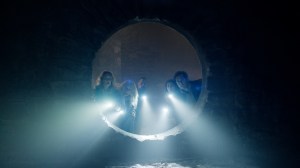There’s no denying how much the popularity of Dune has changed epic scale sci-fi cinema. The first movie made $410 million worldwide, with the second gliding past that with $714 million globally, breaking records and earning its spot as one of the best films of 2024 (No surprise it’s one of this year’s Best Picture Oscar nominees). To pull off this level of success, Denis Villeneuve dove deep into Frank Herbert’s literary saga, nailing how to adapt it in a way that appeals to a wide audience (something David Lynch sadly couldn’t do back in 1984). Sure, adaptations come with changes, but Villeneuve stayed as faithful as possible to the story – so much so that some might argue the two movies even outshine the original material.
Videos by ComicBook.com
Dune is gearing up for another sequel, but fans already have a solid idea of what to expect, considering the first two films delivered some absolutely brilliant and unforgettable scenes (even impressing other big-name directors). But what were some of those standout moments that actually went beyond what was in the book?
Paul Learning the Truth About His Lineage
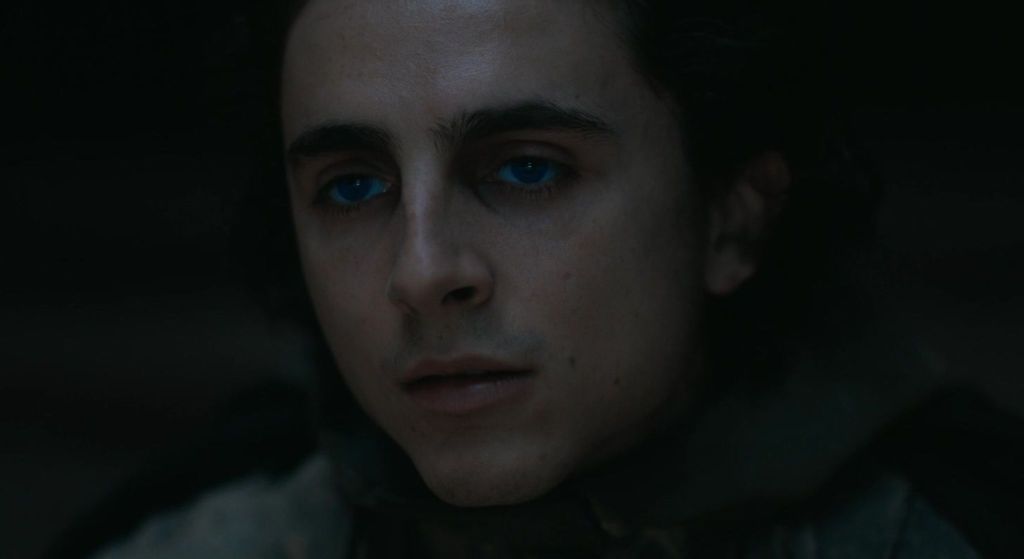
Some of the changes Villeneuve made for the Dune film adaptations were strategic, and one great example is when Paul uncovers a shocking secret. From the first movie, we’ve seen Paul’s dreams and visions of the future, and at one point, when he’s with Jessica, he reveals that he knows his mother is pregnant. In the book, this is also the moment when Paul admits he knows about their lineage and the connection they have to their enemies – the Harkonnen. In the film, however, this revelation about his ancestry is held back and only comes up in Dune: Part Two, when Paul has already embraced his role as the messianic leader among the Fremen.
This moment is dramatic and packed with tension. Not only does Paul reveal to the audience that he’s the Baron’s grandson, but he also realizes that he isn’t a completely virtuous figure. By acknowledging his Harkonnen lineage, Paul starts to see that his actions aren’t so different from the House he grew up despising. This forces him to confront an uncomfortable truth about himself: in many ways, he’s a product of the same violence and ambition he once condemned. Changing the timing of this secret coming to light was a clever move.
Feyd-Rautha Fighting in the Arena
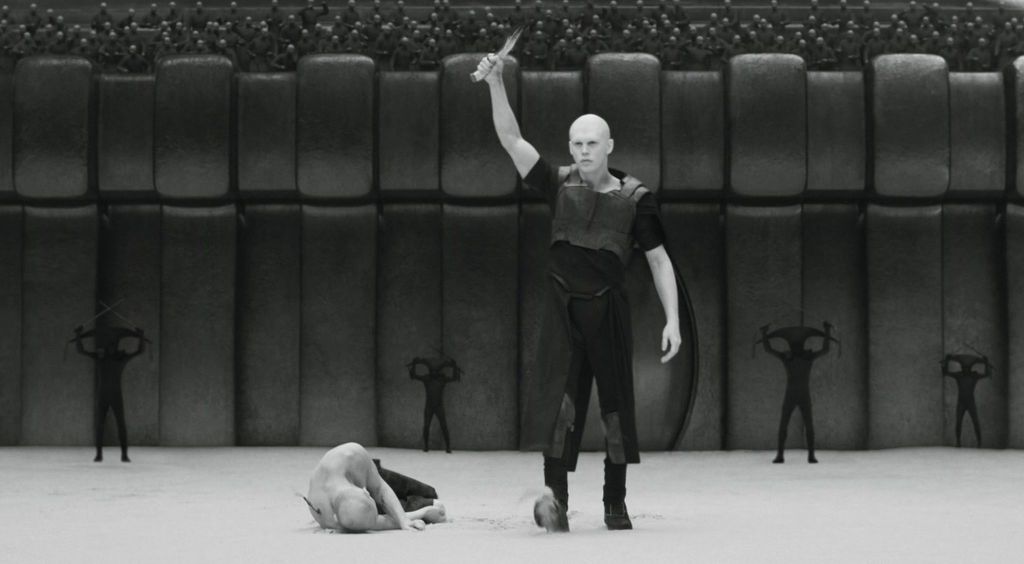
[RELATED: Dune Director Addresses Complicated Messiah Time Jump and Why Series Isn’t a Trilogy]
Adapting a book isn’t easy, but Feyd-Rautha’s fight scene showing off what he’s capable of is definitely one of those moments where the story manages to hit harder on screen. One of Villeneuve’s choices in Dune was giving the planet Giedi Prime a totally distinct aesthetic from the other worlds, which is worth mentioning on its own. But in the second movie, Feyd-Rautha is introduced as a psychopath, so every scene he’s in needed an intimidating vibe. Trained to be a leader and set to take over for his uncle, Baron Vladimir Harkonnen, his fights in the arena are all about showing off his skill and bravery to the public.
In the book, this scene does happen, but the focus isn’t really on Feyd – it’s more about the Baron’s perspective and the people with him, showing the villain’s manipulations and political schemes. In Dune: Part Two though, the scene shifts completely to put the spotlight on Feyd-Rautha in the arena, fighting and brutally killing his (not fully aware) opponents. This gives the audience a much more direct and intense look at who Feyd is and sets up what they can expect when he eventually faces off against Paul.
Paul’s speech as the Lisan al-Gaib
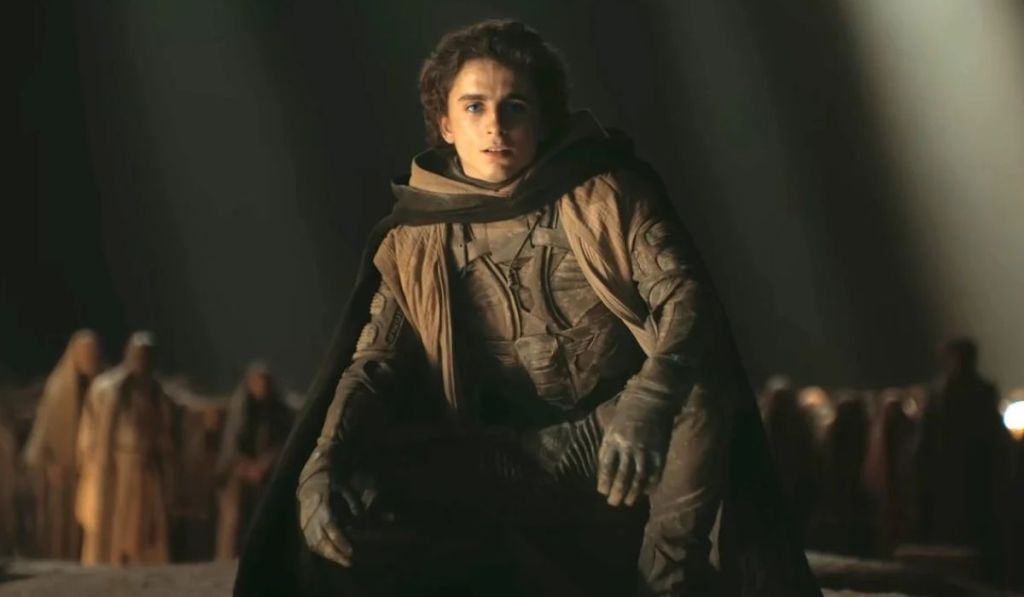
This is one of the most unforgettable and intense moments in Dune: Part Two. Timothée Chalamet’s performance is absolutely incredible and adds so much to the dramatic weight of the scene, but it’s also a big win for the script, especially since Paul’s speech to the Fremen in the sietch doesn’t exist in the book. In the source material, Paul takes on the role of leader and messiah, but without a defining, game-changing moment. His rise is instead built through smaller interactions that gradually convince the Fremen of his prophetic status.
In the film, Paul’s journey is presented in a more direct and fully dramatized way – which works brilliantly to show the magnitude of preparing for a war that’s pivotal to the story of Dune. While some Fremen still have their doubts, it’s when Paul confidently and slightly intimidatingly reveals personal details about their lives that the shock hits, leaving no room for doubt that he’s the leader they’ve been waiting for. It’s also a huge turning point for Paul himself, marking the first time he truly steps into his role and embraces the responsibility of a destiny that’s been laid out for him. For fans, this is one of those scenes you can’t help but re-watch.
The Spice Harvester and The Sandworm in The Desert

In Dune, sandworms are terrifying creatures for anyone who isn’t a Fremen. The movies do a great job of showing this, as their presence is always impactful. But the first time this desert monster shows up, it’s unpredictable and packed with adrenaline, unlike how it’s presented in the book. When Paul, Duke Leto, Gurney, and Liet-Kynes are making an aerial inspection of a spice mine, they see a carryall fail to retrieve a spice harvester full of workers, with a sandworm closing in from beneath the desert.
In the book, there’s a rush to plan the rescue, but Paul stays in the ornithopter, watching in horror as the sandworm eventually consumes the area – he never steps foot on the sand. In the movie, Paul immediately wants to join the rescue mission. In the middle of it, he experiences a moment of prescience, seeing a vision of Chani. He freezes, falling into a trance on the sand, until Gurney snaps him out of it. Dune isn’t really an action-adventure story, but for the film, this change by Villeneuve adds a powerful cinematic touch. It’s even more symbolic, with Paul on the sands of Arrakis as Melange particles rise around him, hinting at his deeper connection to the planet.
Paul Riding a Sandworm for the First Time
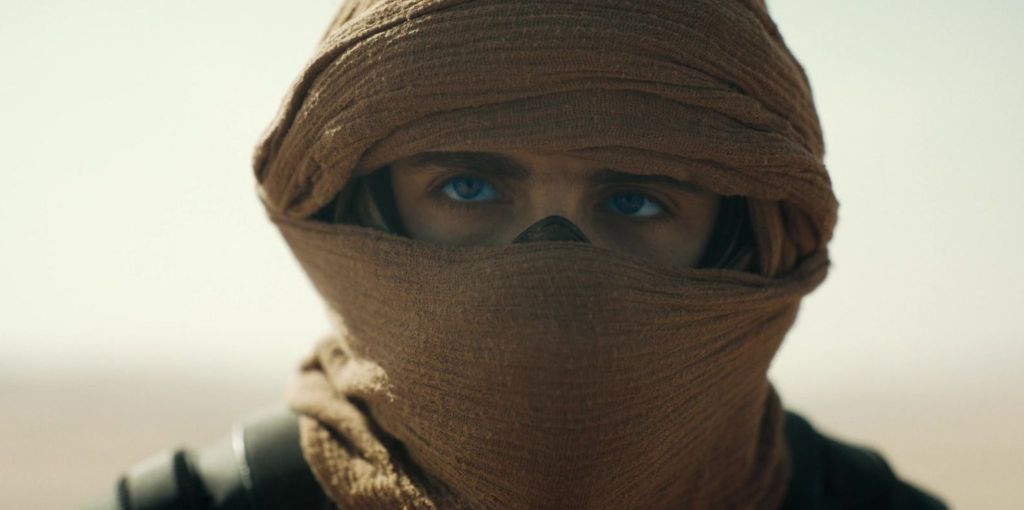
Riding a sandworm is a major rite of passage in Fremen culture, and watching Paul do it for the first time is something everyone was waiting for. Once again, Villeneuve’s adaptation took risks, enriching the moment with tons of detail and building up emotion for both the characters and the audience. In the book, the situation is discussed in advance, but when it actually happens, there’s little suspense, and the scene is over quickly. Paul manages to mount the Shai-Hulud on his own, but soon, Stilgar and other Fremen join him. It’s more of a test than the intense and defining challenge shown in Dune: Part Two.
In the film, the Fremen gather to witness the moment, and a heavy silence falls over the desert. The camera focuses on Paul, and the entire scene is charged with tension. As the sandworm approaches, anticipation builds, and when Paul successfully mounts it, the way the scene is framed and shot pulls the viewer into the experience. The process is shown in detail, with no rush, emphasizing the struggle Paul faces to hold on. When he finally gets the hang of it, the Fremen erupt in celebration. It’s even more meaningful because he manages to ride an enormous one without any help, which leads Stilgar to reinforce the idea that Paul is truly Lisan al-Gaib.
Dune and Dune: Part Two are available to stream on Max.






